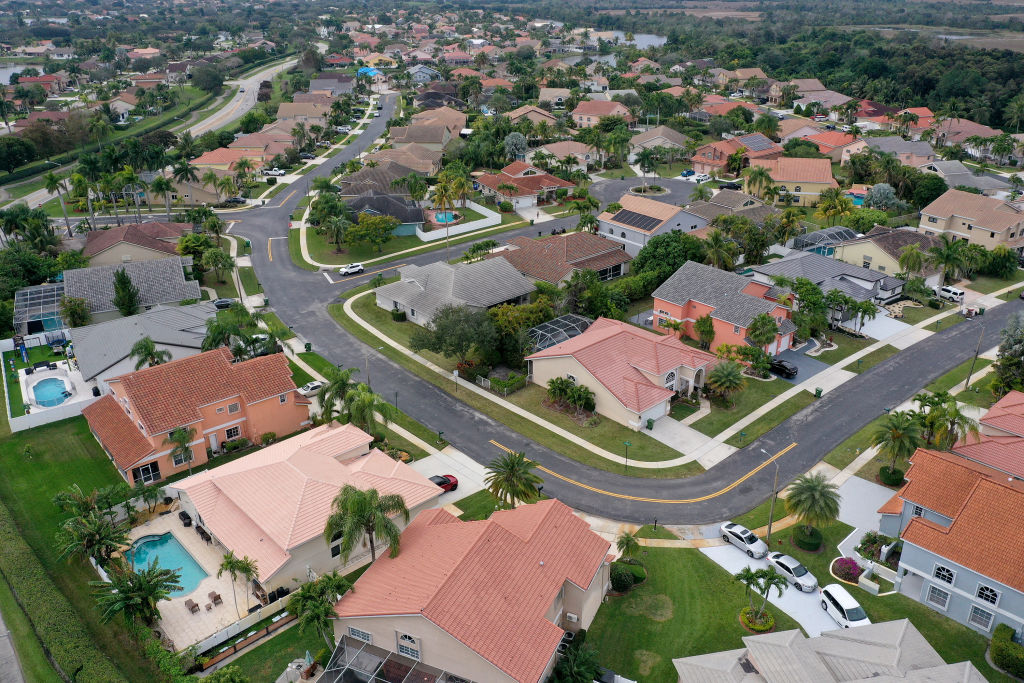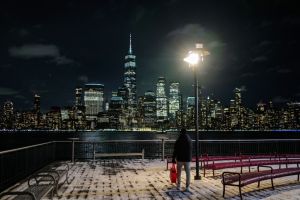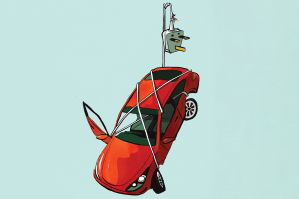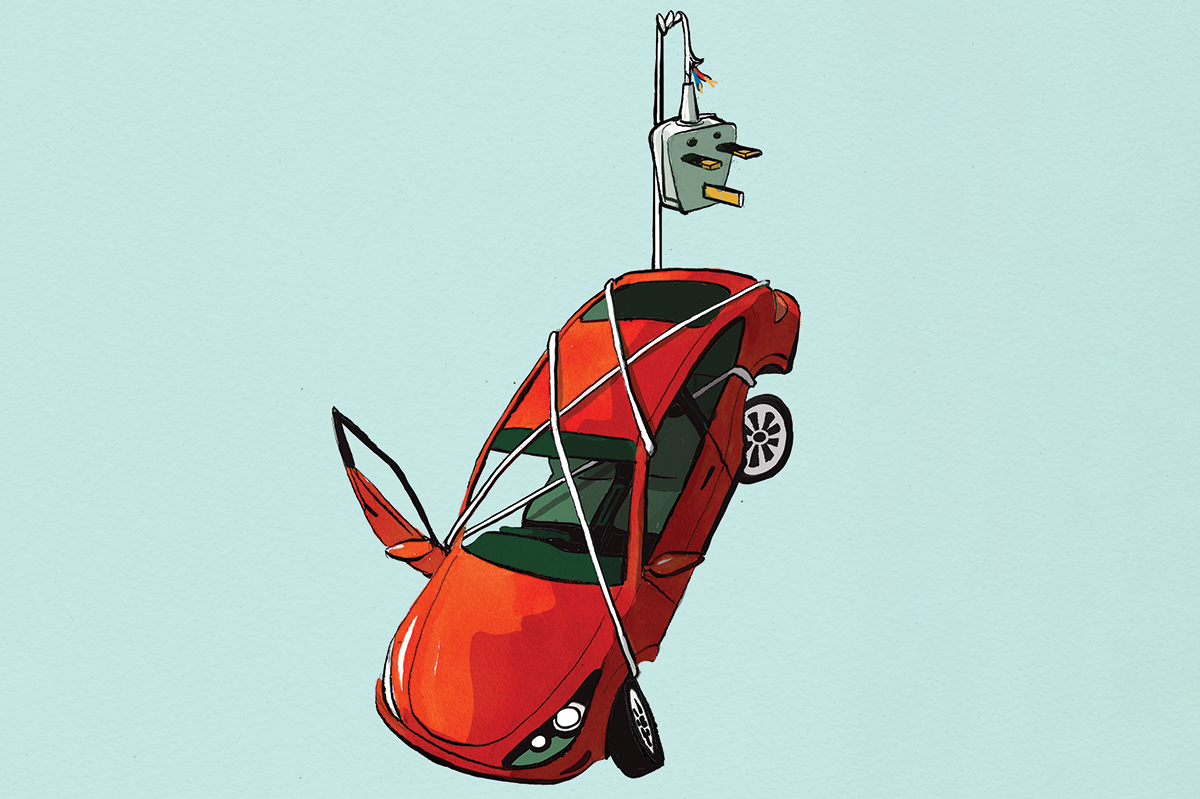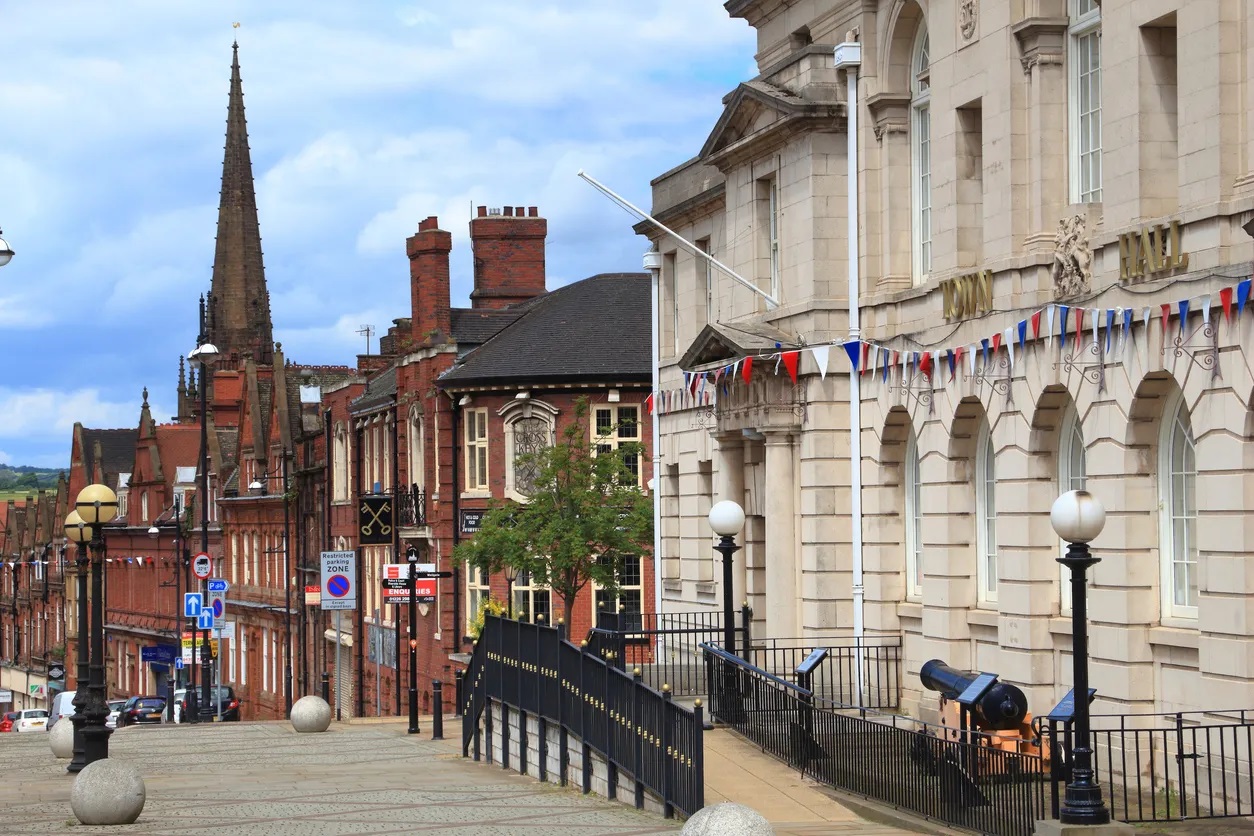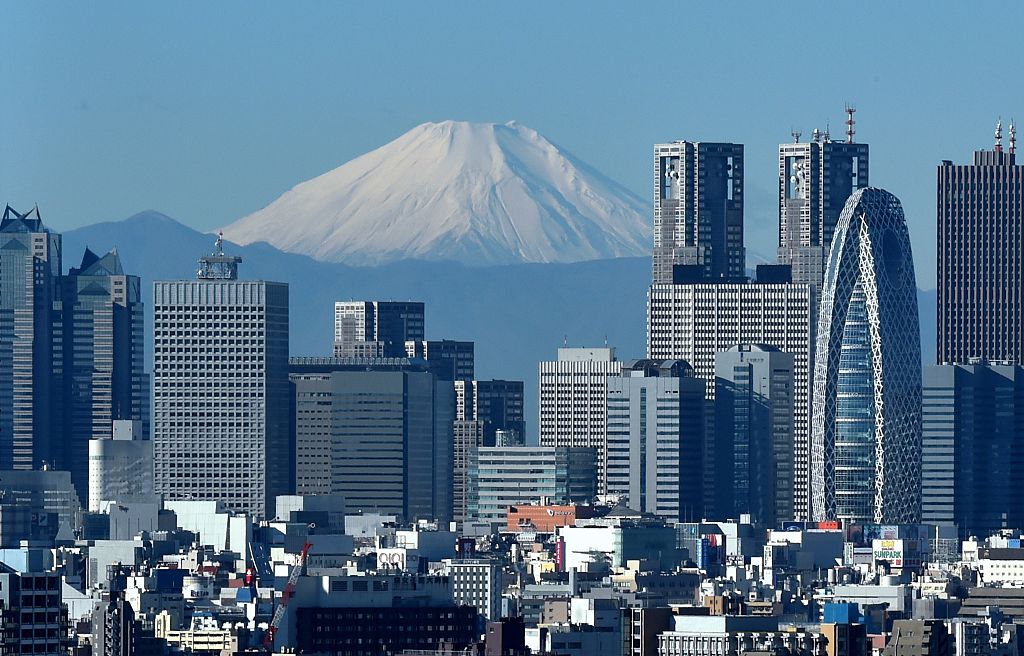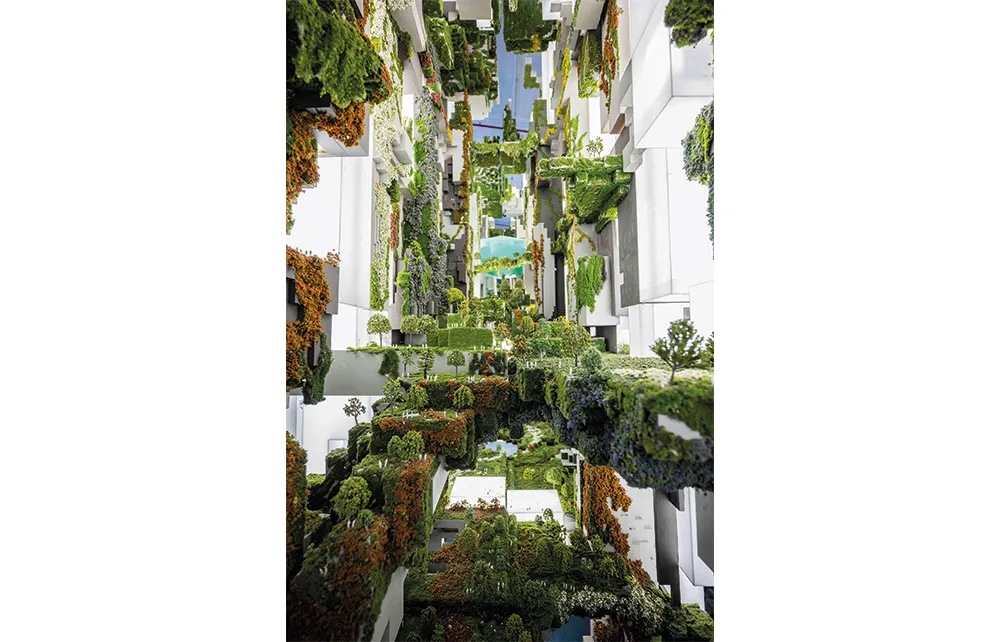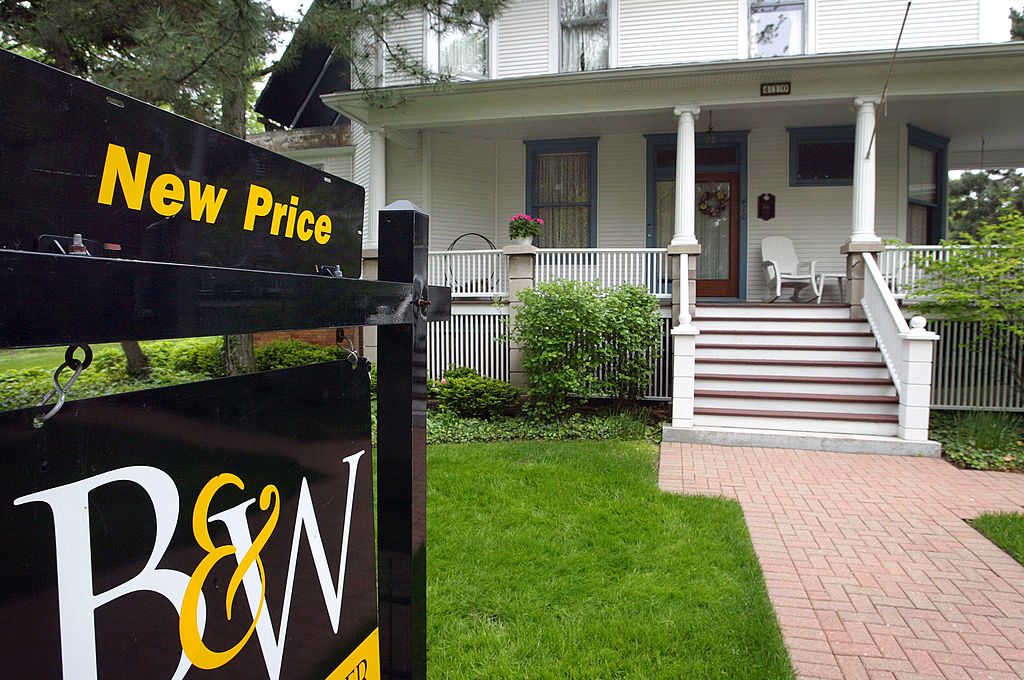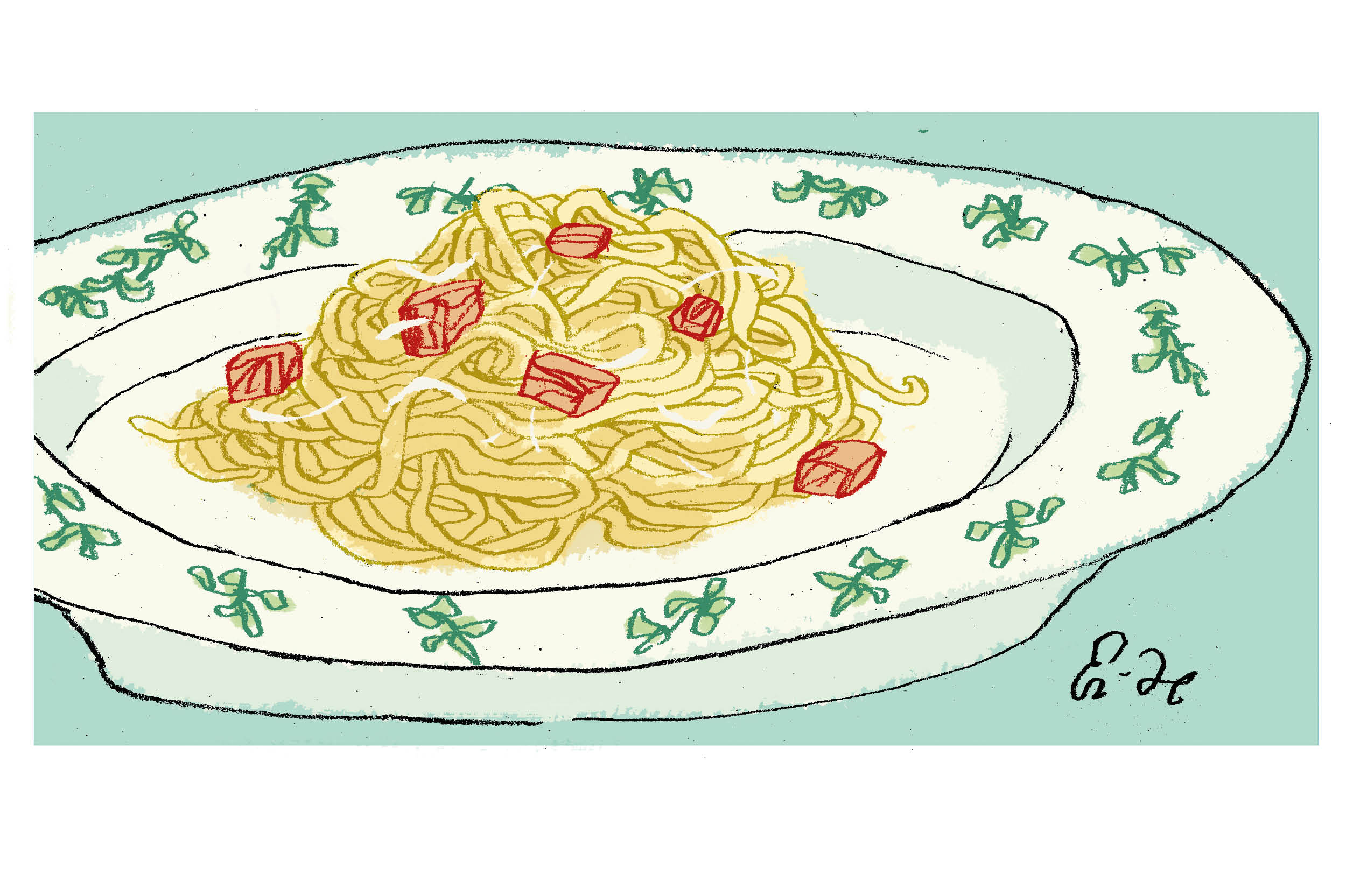Had you told me when I quit drinking that one decade into sobriety I’d be a suburban Texas mom, I probably would have kept drinking. A friend and I were recently talking and I said, “I don’t know, a part of me feels like I’m giving up, moving to the suburbs.”
She laughed and said, “That’s what the suburbs are — surrender.”
The suburbs in all their sameness and picket-fenced perfection represented a life I never wanted — with their Live, Laugh, Love Etsy signs and swingers. They weren’t for eccentric artists or messed-up comedians. They were for sorority girls and women who loved game nights and crafts and the Bible and botox parties.
As a young, single woman I laughed at the basic bitches in the suburbs with their McMansions and their HOA and PTA and pickleball. In my early twenties I was anti-natalist, anti-American, anti-capitalism. Just a classic disaffected Gen X white kid from… the suburbs. I resented my parents for leaving New York City shortly after I was born and moving to St. Paul, Minnesota. I resented them even more for taking us out of the Twin Cities and moving to the suburbs.
My brother and I sat outside our new school waiting for our mom to pick us up, staring at the corn fields (that would eventually be paved over to become a hockey rink).
“This sucks,” we said. He would leave to go live with my dad. I would stay but I hated it. I never felt like I belonged and I swore I’d never return to the suburbs once I escaped. But you can’t escape the suburbs once they are in you. The Stepford Wives will call you back to the mothership.
Honestly, I should have seen the writing on the wall when I got a Peloton in November 2020. That’s when my Basic was reactivated. Shortly after that, I was pregnant and it was all over.
When The Child arrived, all my calculations changed. Safety became a priority. Suddenly school systems mattered. So did sidewalks and being able to ride a bike and go to a playground without worrying about hypodermic needles and human feces.
I didn’t want traffic and crazy homeless people screaming and overpriced everything. In the suburbs, you have community and neighbors. I want to buy my husband a grill for Father’s Day. He wants to mow his own lawn.
Suburban life goes as far back as ancient times, driven by the same factor that’s driving me out of the city: a desire for more affordable and spacious housing outside the crowds. The closest thing to culture that I can think of around here are strip malls, but it’s also soccer games and friendly neighbors and maybe horseback-riding lessons for The Child.
The sameness of the suburbs was what scared me the most. One of the things I love the most about cities is the melting pot on every corner. You can get great Ethiopian food and hear six languages on the walk to your dry cleaner. Moving to the suburbs from Minneapolis was jarring. It was so… white. Not that there’s anything wrong with that — I just also want my daughter to experience one of the best facets of American life: multiculturalism.
It has been a pleasant surprise to see how diverse my basic suburban development outside Austin is. In my neighborhood alone there are Nigerians, Indians, Latin Americans, Asian Americans, African Americans. It’s fantastic. Young families. Multigenerational households.
These are not the suburbs of my youth. Sure, there are all the fixings — the Home Depots and Olive Gardens — but there is also an Indian market opening up in our town. I hear multiple languages when I’m at our local park. It’s refreshing. Locals have told me it’s because of the gentrification of Austin that the ’burbs look more like the city without all the crime and crazy people — and to that I say: lucky us.
If the American city is crumbling under progressive policies, failed leadership, corruption, division, excessive class inequality and hedonism, maybe the American suburb can hold the line for a vibrant, diverse middle class. It might not be as cool as the city, but at least it’s safe.
In Los Angeles, an American flag felt like a political statement. It was almost a sign that screamed, “I’m a conservative!” Here in the ’burbs it’s just the flag that unites us all; there is a feeling of gratitude for this country and a shared sense of patriotism that was lost in Los Angeles. I’ve missed it.
The suburbs are a humbling, necessary surrender — a letting-go of the delusions of grandeur that drove me to the city and the self-centered ambition that fueled my wild days of yore. The ’burbs are the acceptance of the simple life: a small plot of land, family values, quiet nights, stars. Maybe it’s where my youthful dreams of stardom go to die — but it’s where the American Dream is still alive — and that’s the world I want for my daughter.
This article was originally published in The Spectator’s July 2023 World edition.



